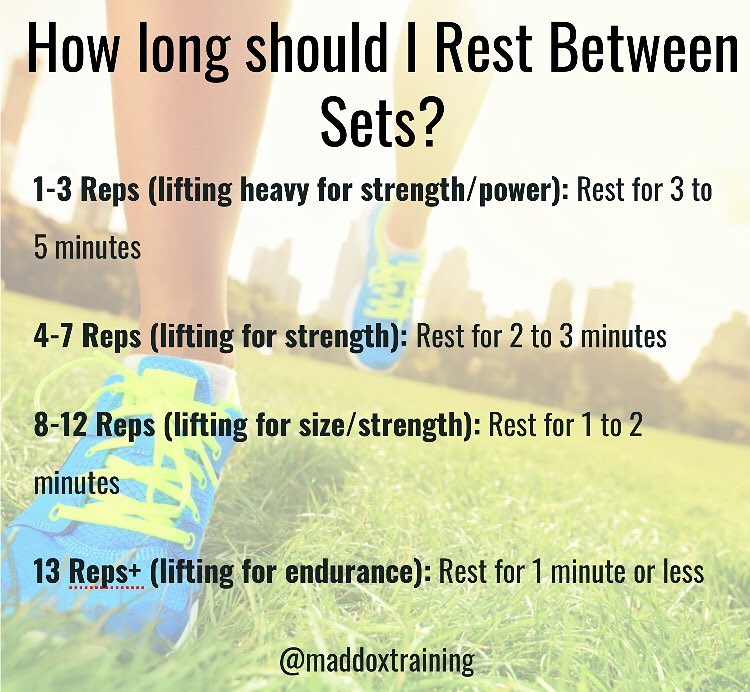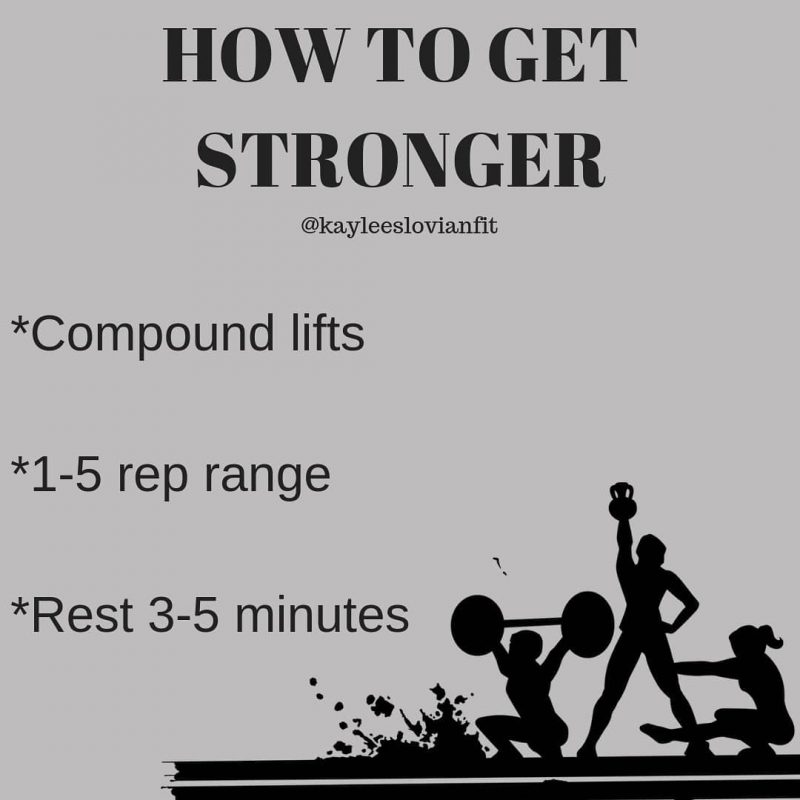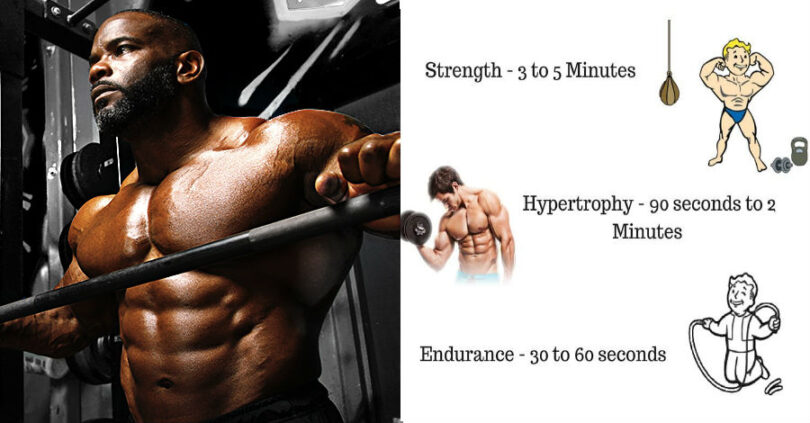For those who are looking to increase lean muscle mass, you’ll obviously be really pushing yourself during your training sessions and you will have your diet on point.
Whether you’re trying to strip away a little excess body fat, bulk up or simply add a little muscle, you will need to ensure that you are working hard in the gym and getting the most out of your training.
In terms of training, it is thought that volume is the key, whilst there certainly are plenty of benefits associated with high volume training, one common mistake is not knowing how long to rest between sets.
When it comes to training, you should be thinking about more than how many reps you are performing and how much weight you’re lifting. Knowing how long to rest between sets is just as important and beneficial as the exercises.
The overall duration of time spent recovering between sets will help to determine how your muscles adapt to the stress that they are being placed under.
If you can get the formula right and pair the correct duration of rest and recovery with the overall intensity of your lifts, you can achieve very high percentages of muscle hypertrophy.

How Long To Rest Between Sets?
Rest periods, like most other things in life, are anything but clear and straightforward.
Although it would be great to give you a straight answer, for example: ‘In order to achieve maximum muscle hypertrophy, you should rest for exactly 42.3 seconds between sets, we can’t do that. The reason we can’t do this is because there is no definitive answer to the question of how long to rest between sets.
This is because everybody is different and as a result, everybody trains with a different goal and target in mind. The amount of rest you take between sets, will depend on how you train and why you train.
For example: An individual looking to burn fat and tone muscles, will not require the same duration of rest as a person looking to bulk up and increase strength. Although we can’t give you a clear answer, we can provide you with a few guidelines to help make things a clearer and more helpful.

Training For Endurance
Some individuals have the intention of hitting the gym and increasing their endurance and stamina.
Marathon runners and tri-athletes, base much of their training around increasing their endurance and stamina. This is obviously one of the key elements that will help them in their chosen disciplines.
Because of this, when endurance training with weights, it’s generally between 15 and 20 reps per set, with a light and moderate weight. Training like this means that much of the energy produced, will be via aerobic metabolic processes, as your body will burn carbohydrates and fat.
Endurance training is to ensure that your muscles can perform at their best for a prolonged period of time, which means they function for longer, before they become fatigued and tired. Lactic acid is a by-product associated with physical exercise and it is this that causes cramping and fatigue.
Endurance training with high reps and light reps, will ensure the body is adequately able to rid the muscles of large quantities of lactic acid. In terms of rest periods, anything from 45 seconds, through to 2 minutes, is the optimal time to be resting between working sets.

Strength Training
Strongman and Powerlifting are two disciplines that are a great deal more mainstream, more people are getting involved in them.
Strength training places your body under an incredible amount of strain and pressure, it is incredibly taxing and physically demanding. Most strength training principles place an emphasis on training with heavy weights that allow you to perform an average of 4–6 reps before you begin to tire and fatigue.
The fact that the movements are different, your body gets its energy from a different source to where it comes from with endurance training. Primarily the body uses ATP, or Adenosine Tri-Phosphate, as its number one energy source.
ATP is a primary source of energy used by the muscles, it does not need oxygen to be present for it to become effective. The body naturally produces ATP, which is good news, however, when ATP is used to replenish them, the duration is around 3 minutes.
Because of this, the optimal time to rest is anything from 3 minutes, through to 5 minutes. This will ensure your ATP stores have been adequately replenished before you begin your next working set.

Muscle Hypertrophy Training
If you are training like a bodybuilder, with the goal of looking muscular and powerful, your training will differ from the previous two examples which we have just added above.
With hypertrophy training, you should aim to perform between 8 and 12 reps per set. The ninth, tenth and eleventh set is what makes the body grow, training in this way means that you use weights which are not too heavy, but which are certainly not too light either.
By the time you reach your 8th rep, you should ideally be struggling. Training in this manner means the body gets its energy from glycogen stores and from ATP which is naturally produced.
Because you are getting your energy from two separate sources when you train, you don’t require as much rest between sets as you would with strength training. Whilst it takes around 3 minutes for ATP levels to be replenished, your body is also using glycogen for energy.
You should be resting for between 1 and 2 minutes between sets, as shorter rest periods will result in an increased rate of blood flow to the muscles and increased lactate productions. This can result in enhanced rates of muscle hypertrophy.
